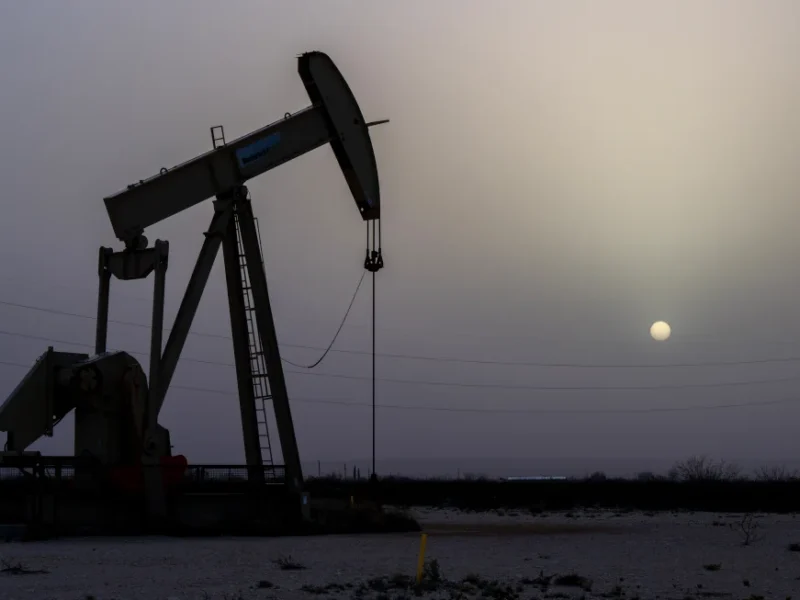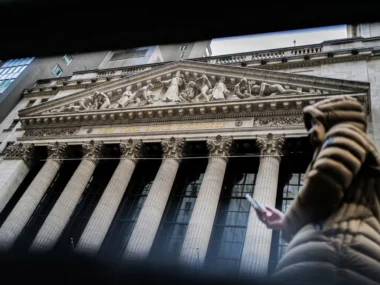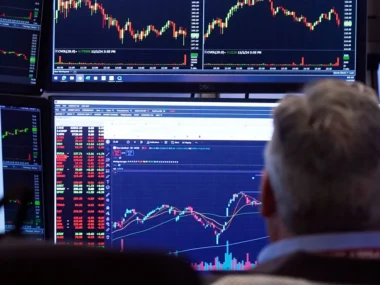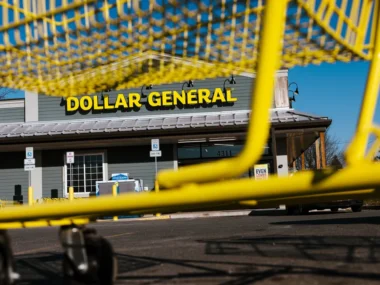The US job market is thriving, consumer spending remains robust, and the economy is experiencing rapid growth. However, there is a growing concern looming over this positive economic landscape: the steep rise in oil prices.
US oil prices are quickly nearing $90 per barrel, while global oil prices hover around $92 per barrel amid fears of escalating tensions in the Middle East. Consequently, gasoline prices have surged to their highest levels in five months.
The risk posed by continuously climbing oil prices is significant, potentially impacting consumer spending and reversing the significant progress made on managing inflation. This could prompt the Federal Reserve to postpone interest rate cuts and unsettle investors on Wall Street.
According to Mark Zandi, Chief Economist at Moody’s, rising oil prices pose the most serious threat to the economy, as they can inflict rapid damage. Moreover, there could be significant political ramifications if gasoline prices exceed $4 per gallon and remain elevated.
Moody’s previously published a model suggesting that gas prices could play a crucial role in the November election, potentially favoring former President Donald Trump if they exceed $4 per gallon for an extended period.
US oil prices surged past $87 per barrel last week for the first time since late October, marking a 21% increase this year. However, according to Zandi, crossing the $90 threshold and nearing $100 per barrel could pose a considerable challenge.
Zandi emphasized that higher oil prices, particularly above $90, could adversely impact consumers, especially those with lower incomes, and erode confidence. For many individuals, the price of gas serves as a gauge of their financial well-being.
Concerns surrounding Iran are causing turmoil in energy markets.
The recent surge in oil prices has been primarily driven by geopolitical tensions, starting with drone attacks on oil refineries deep inside Russia last month. Now, attention has shifted to the Middle East and concerns about Iran’s response to a deadly airstrike on its embassy complex in Syria last week.
Iranian officials have pledged to retaliate against Israel, although Israel has not claimed responsibility for the attack. Israel maintains that the target was a “military building of Quds forces,” a unit of the Iranian Revolutionary Guards responsible for foreign operations.
Andy Lipow, president of Lipow Oil Associates, stated that the likelihood of a supply disruption is increasing, fueling fears of retaliatory strikes that could lead to disruptions in oil markets. He suggested that Brent crude prices could easily reach $95, and another geopolitical event in the Middle East could push prices to $100 per barrel.
Helima Croft, a former CIA analyst now serving as the global head of commodity strategy at RBC Capital Markets, cautioned clients that there is a risk of the current “tit-for-tat cycle” escalating into a broader conflict beyond the intentions of key stakeholders.
The national average for gas prices is approaching $3.60.
According to Joe Brusuelas, chief economist at RSM, the primary external threat to the US economy stems from geopolitical tensions in the Middle East, as they have the potential to drive up oil and gasoline prices. He emphasizes that these factors represent the only immediate risk capable of ending the current business cycle.
Brusuelas notes that for a recession to become a real concern, oil prices would need to significantly spike, reaching levels of around $115 to $130 per barrel.
Gas prices have already climbed to an average of $3.58 per gallon nationally as of Friday, as reported by AAA. This marks an increase of four cents from the previous week and 21 cents from the previous month.
Aside from Middle East tensions, the boost in oil and gas prices can also be attributed to efforts by OPEC and its allies to limit supply. Additionally, seasonal factors play a role, as gasoline prices typically rise during the spring due to the switch to more expensive summer fuel by refineries and increased travel demand.
The potential for reductions in the federal interest rates is in question.
The potential for interest rate cuts by the Federal Reserve is uncertain, with attention focused on how rising gas prices might affect upcoming inflation reports. Fed officials will closely scrutinize these reports as they consider whether to reduce rates in June.
Vincent Reinhart, formerly of the Fed and now Chief Economist at Dreyfus and Mellon, suggests that inflation risks lean towards the upside due to increased prices of goods, especially commodities. He emphasizes the significance of commodity prices, particularly oil, which have a substantial impact on household budgets.
Reinhart anticipates a rate cut in June, partly to preempt the heightened political scrutiny expected during the election season. Changing policy close to the elections could attract significant attention and raise doubts about the Fed’s intentions.
Despite the escalating risks, some experts in the energy market remain cautiously optimistic. Analyst Lipow forecasts a national average approaching $3.70 per gallon in the near future but isn’t predicting $4 per gallon just yet. Similarly, Patrick De Haan from GasBuddy anticipates gas prices to remain in the upper-$3 range, barring any major refinery disruptions due to events like hurricanes. He believes a nationwide average of $4 per gallon isn’t imminent.











